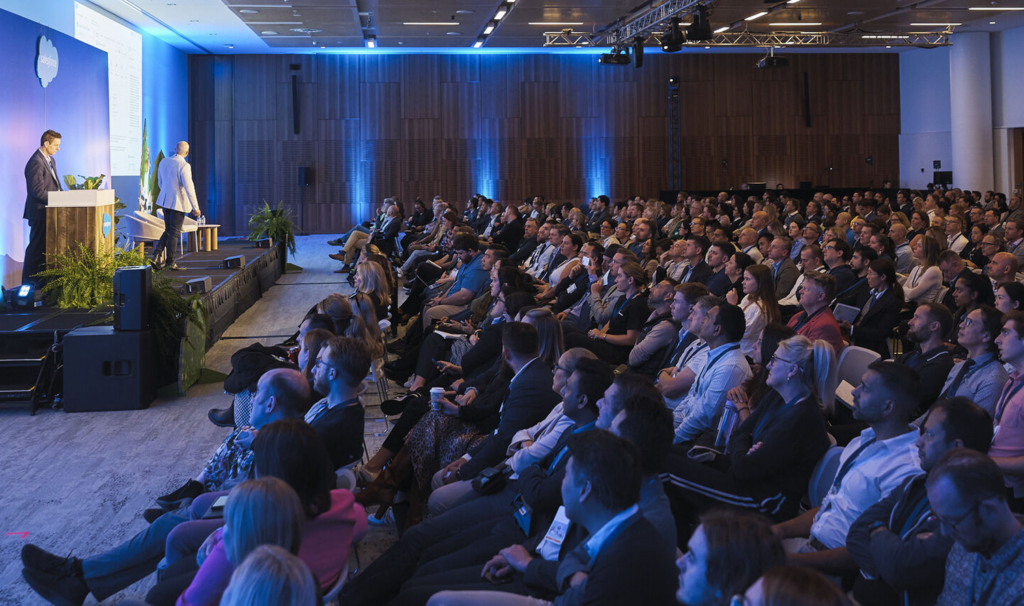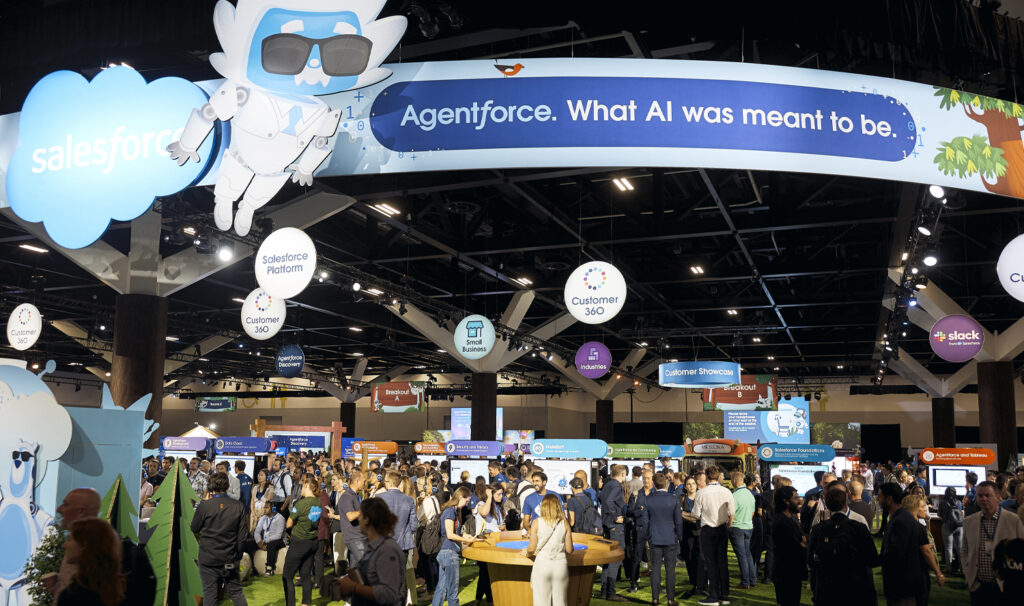Over recent years – and particularly over the past 18 months – retail has changed dramatically.
Technology has become a central part of many retailers’ approach to business. However, the degree to which they’ve embraced, adopted and are utilising it varies greatly.
The ideal – the north star, the vision – for retailers is extreme personalisation, speaking to every customer as an individual. By collecting data from many points – from the interactions the customer has directly with you to their social media activity, web browsing history, and everything else in between, and then centralising that data, they can build up a complete picture of your customer. A picture that continually evolves.
In years gone by, there’s been much talk about segmenting customer databases, serving products and services that will appeal to that demographic. Retail is now quickly moving away from that, and it’s heading towards extreme personalisation – that one-to-one relationship powered by a unified data source. And this provides an opportunity for manufacturers to work hand-in-hand with retailers to deliver exceptional experiences for customers.
Of course, this approach relies heavily on artificial intelligence and machine learning, but by being able to market directly to an individual customer – around the brands they prefer, the related products they could buy based on previous purchases, their needs based on what they’re searching for – retailers can become hyper-relevant, ultimately making their customers’ lives easier.
By being relevant, appropriate and useful, retailers can reduce the need to compete on price – because the service they offer, and the loyalty that can engender, can reduce the focus on the price tag.
Why spend more time searching, creating accounts or logging in to save a small amount when you can just click to purchase exactly what you need?
The manufacturing intersect
While operating this way immediately affects the retailer-to-consumer relationship, it can reap more significant rewards when manufacturers come into the picture.
After all, manufacturers have vast experience – and vast amounts of data – that can help retailers use this information more effectively. They provide stock and collect information from multiple sites, multiple sources and make business decisions based on that.
By working together closely, retailers and manufacturers can supercharge their efforts.
Research from McKinsey outlined that when consumer goods manufacturers work closely with retailers, they outperform competitors. The four areas identified were:
- co-developing long-term strategies (working together for long-term impact, rather than being focused on quarterly figures)
- conducting advanced analytics at a detailed level (both parties feeding data into a robust customer-data platform to inform decisions)
- setting an agile operating model (with joint performance scorecards), and
- collaborating across the entire value chain (co-investing on initiatives and applying advanced analytics to predict and manage stock levels).
Hitting the CPG accelerator
Before the technology we had today became too freely available, retail was almost in the horse and cart stage. Today, the sports car has come along. For those retailers who don’t embrace and adopt today’s technology – and embrace the new way of working it enables, including close collaboration with manufacturers – the harsh reality is that they’re going to get quickly left behind.
Consumers today want ‘optionality’ – a variety of channels and experiences and the option to choose how they interact with a brand or retailer on any given day. They want the convenience of shopping online when they choose while also visiting in-store to touch, feel and – in some instances – try on the product.
By bringing data sources together, retailers and manufacturers can build a deep, insightful picture of each consumer, deliver hyper-personalisation, drive loyalty, increase engagement and purchases, and ultimately enjoy a significant impact on the bottom line.
On occasion, it may be pertinent for manufacturers to have a direct relationship with customers too – for example, for service and after-sales care – which can drive customers back to the retailer at the right time.
Of course, that vision is easy to articulate, more challenging to realise, as the right systems and processes, and the right people, are required to turn the theoretical into reality.
Many manufacturers will have legacy systems that either need replacing or joined together to extract data from which to build insights. For some businesses, new technology will be required. For example, Salesforce’s Marketing Cloud and Service Cloud can bring together multiple data sources to provide a 360-degree view of the customer that retailers and manufacturers can use to their mutual benefit.
The vision, of course, needs to be set, and the path to bring that vision to life mapped out. By working with a partner with experience across both manufacturing and retail, businesses can identify opportunities and the ideal path to market.
By utilising the technology available and working closely with retailers, manufacturers can significantly enhance the customer experience to the benefit of all concerned.
While bricks and mortar are still valuable in retail, the sector is digitising quickly. Manufacturers, too, need to prioritise digital implementation and integration to take advantage of the opportunities that lie in wait.
How to Create a Customer-Centric Manufacturing Business
To fundamentally change how your manufacturing business thinks, plans, and operates – it all starts with putting your customer at the centre of your overall strategy. It’s a huge undertaking and one that needs to be done right. Which is why we have distilled the latest local industry advice in our latest whitepaper to help you get started.






